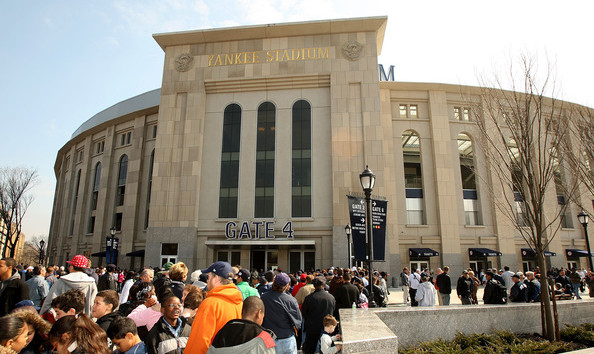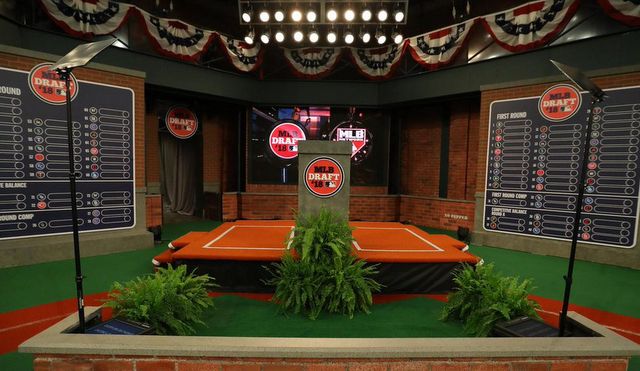
Every day I look at the lineup and wonder how in the world the Yankees will score runs, yet they’ve now won six straight games and eight of their last nine. It’s been fun. They close out their four-game series in Anaheim tonight — this is the endgame, if you will — looking for the four-game sweep.
“We don’t have our big dogs, but we’re finding a way, and it feels good,” DJ LeMahieu told Greg Beacham following last night’s win. “We’ve got a lot of good players. That speaks to this organization. It’s not how we drew it up in Spring Training, but we’re getting wins and having fun.”
Masahiro Tanaka has been excellent in four of his five starts this season and, on paper, the Angels are a bad matchup for him. They have the sixth lowest swing rate (44.1%) and ninth lowest chase rate (27.6%) in baseball. Tanaka’s thing is getting hitters to expand the zone. Here are tonight’s lineups:
New York Yankees
1. 2B DJ LeMahieu
2. DH Luke Voit
3. CF Brett Gardner
4. C Gary Sanchez
5. RF Mike Tauchman
6. SS Gleyber Torres
7. 1B Mike Ford
8. 3B Gio Urshela
9. LF Tyler Wade
RHP Masahiro Tanaka
Los Angeles Angels
1. RF Kole Calhoun
2. CF Mike Trout
3. 1B Justin Bour
4. DH Andrelton Simmons
5. LF Brian Goodwin
6. C Jonathan Lucroy
7. 3B Tommy La Stella
8. SS David Fletcher
9. 2B Luis Rengifo
RHP Trevor Cahill
Another great weather night in Anaheim, I assume. Tonight’s series finale will begin at 9:07pm ET and the YES Network will have the broadcast. Enjoy the ballgame.
Injury Update: Miguel Andujar (shoulder) is tentatively scheduled to play four or five innings in an Extended Spring Training game tomorrow. If all goes well, the Yankees will continue to build him up, and he could be ready to rejoin the team in about a week … Troy Tulowitzki (calf) is a day or two away from playing ExST games and is about a week away as well … Giancarlo Stanton (biceps, shoulder) is shut down for a few days following his cortisone shot but is expected to “ramp up quickly” next week.
Roster Moves: In case you missed it earlier, the Yankees acquired Cameron Maybin in a cash trade with the Indians. He is expected to arrive in time to be in uniform for the game tonight, and Aaron Boone said Maybin will be in the starting lineup the next two days because the Yankees are facing lefty pitchers (Madison Bumgarner and Derek Holland). Clint Frazier (ankle) was placed on the 10-day injured list and Jonathan Loaisiga was sent down. Maybin and Joe Harvey were added to the roster in corresponding moves. Also, Luis Severino was transferred to the 60-day injured list to clear a 40-man roster spot for Maybin.









